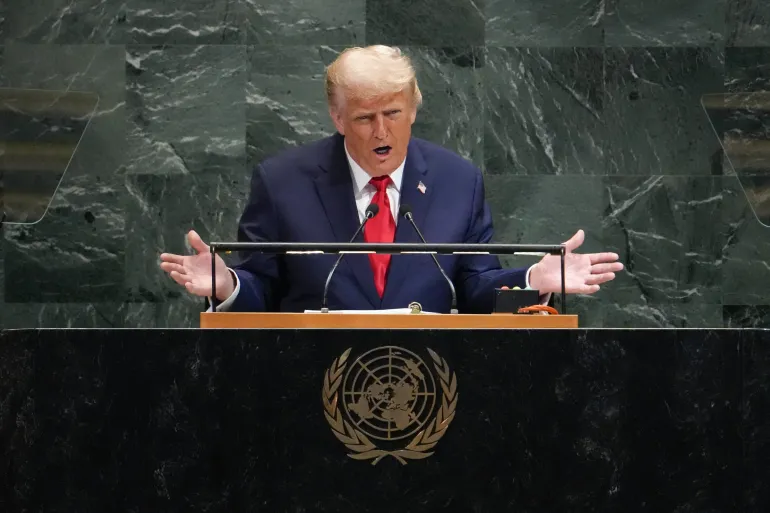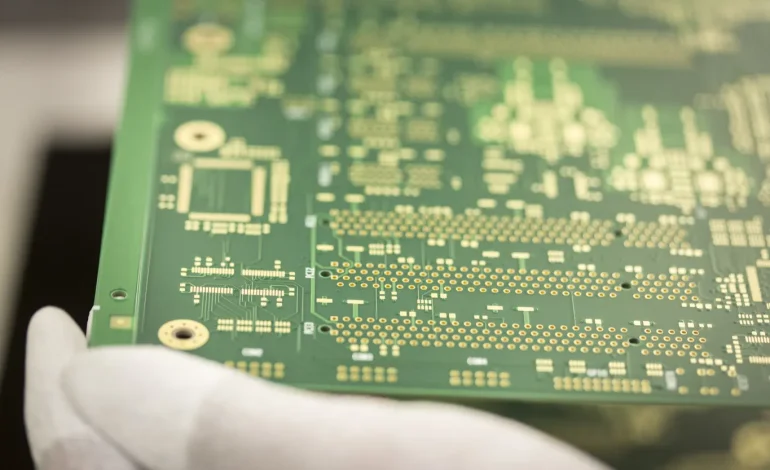In a move signaling potential progress in US–China trade relations, the US government has lifted recent export restrictions on semiconductor design software for Chinese clients. The change affects three major players in the electronic design automation (EDA) market: Siemens AG, Synopsys, and Cadence Design Systems, CNBC reports.
Each company confirmed Thursday that it had received formal notice from the US Department of Commerce stating the software export controls — imposed in May — had been rescinded. As a result, they are now resuming full support and sales to customers in China.
The restrictions, first communicated on May 23, required EDA companies to obtain special licenses before exporting certain chip-design tools to Chinese entities. The measures were part of a broader effort to limit China’s access to advanced semiconductor technology, including artificial intelligence chips from companies such as Nvidia and AMD.
Siemens, headquartered in Germany but with its EDA division based in Oregon, said it had “restored full access” to affected software and resumed its operations with Chinese clients. Synopsys and Cadence also confirmed they were in the process of doing the same.
The US Department of Commerce has not commented publicly on the policy reversal.
Following the announcement, shares of Synopsys and Cadence rose sharply in overnight trading, climbing more than 6% and 7%, respectively, on the Robinhood trading platform.
Together, Siemens EDA, Synopsys, and Cadence dominate the global EDA market — a vital segment of the semiconductor industry that provides software and services used to design and test microchips. In 2024, according to research firm TrendForce, the three companies held a combined 74% market share: Synopsys (31%), Cadence (30%), and Siemens EDA (13%).
Synopsys CEO Sassine Ghazi noted during a May earnings call that the company saw a temporary slowdown in China, where customers account for approximately 10% of its quarterly revenue. The easing of restrictions could help recover some of that lost momentum.
The move comes as both Washington and Beijing appear to be exploring ways to ease tensions in trade and technology policy. Chinese authorities recently indicated they were progressing toward a conditional agreement on the resumption of rare earth and advanced technology exchanges with the US.
Meanwhile, China has been working to strengthen its own semiconductor ecosystem, including encouraging the development of domestic chip-design software. The long-term effects of US export policies are still likely to influence that strategy.










The latest news in your social feeds
Subscribe to our social media platforms to stay tuned